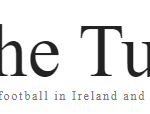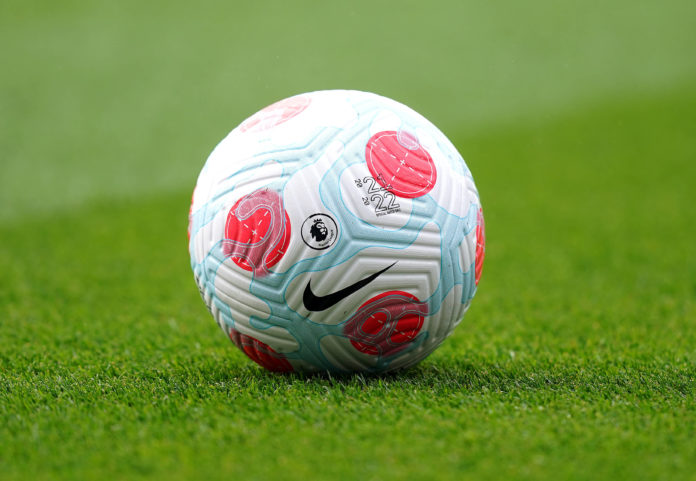As science and technology have advanced, they have also appeared in football. Technology has helped teams improve and monitor their game in modern football and assisted the referees on the pitch. The technology involved in sports has also made the fans excited. Let us look into some of the technologies used in football.
Smart Ball System
The German company develops this technology, Cairos technologies collaborating with Adidas. In a Smart ball system, the ball is attached to an NFC (near-field communication) chip which connects the ball with smart devices. This technology helps track the ball position in real-time with the help of receivers fitted around the football field. This gives information about the ball to referees via smartwatch whether the ball crossed the line. Footballs like Brazuca used in the 2014 World Cup, Telstar used in the 2018 World Cup, Uniforia used in Euros 2020, and Nike Strike used in Copa America 2020 used the Smart ball system.
Video Assistant Referee – VAR
VAR has to be one of the controversial technologies used in football. VAR comes into play to assist the on-field referee in reviewing his decisions regarding Penalty calls, goal decisions, Red cards. The VAR helps the referee with high-quality video replays of the incident from different angles to make a proper decision. VAR was introduced in football in 2018, and it has been helping referees make correct decisions for a penalty, whether a player has been fouled or has made a dive to get the penalty. VAR is still criticised by many for its delay in decisions causing the game to slow; in short, it breaks the momentum.
Electronic Performance and Tracking system EPTS
EPTS has been very helpful for the teams to track a player’s progress and movements. This is used with the help of camera-based systems and wearable technologies. The primary use of EPTS is to track the ball and players position. It can also be combined with microelectronic devices, and heart rate monitors to measure load or physiological factors. There are three forms of physical tracking devices 1. Optical based camera systems, 2. Local positioning systems, 3. GPS.
Foam Technology
The on-field referee uses the vanishing foam to mark the correct location for the set pieces and the opposition wall at a reasonable distance. This foam helps the referee prevent the players from moving ahead of the line, which was very difficult in the early days. The foam is made from an 80/20 mixture of water and butane with a small amount of surfactant. The Foam will evaporate within a few minutes, leaving only water on the ground. Foam technology was first introduced in the 2014 World Cup after its trial was done in multiple FIFA tournaments in 2013.
What new technology can be added to football or any other sport for its betterment?

